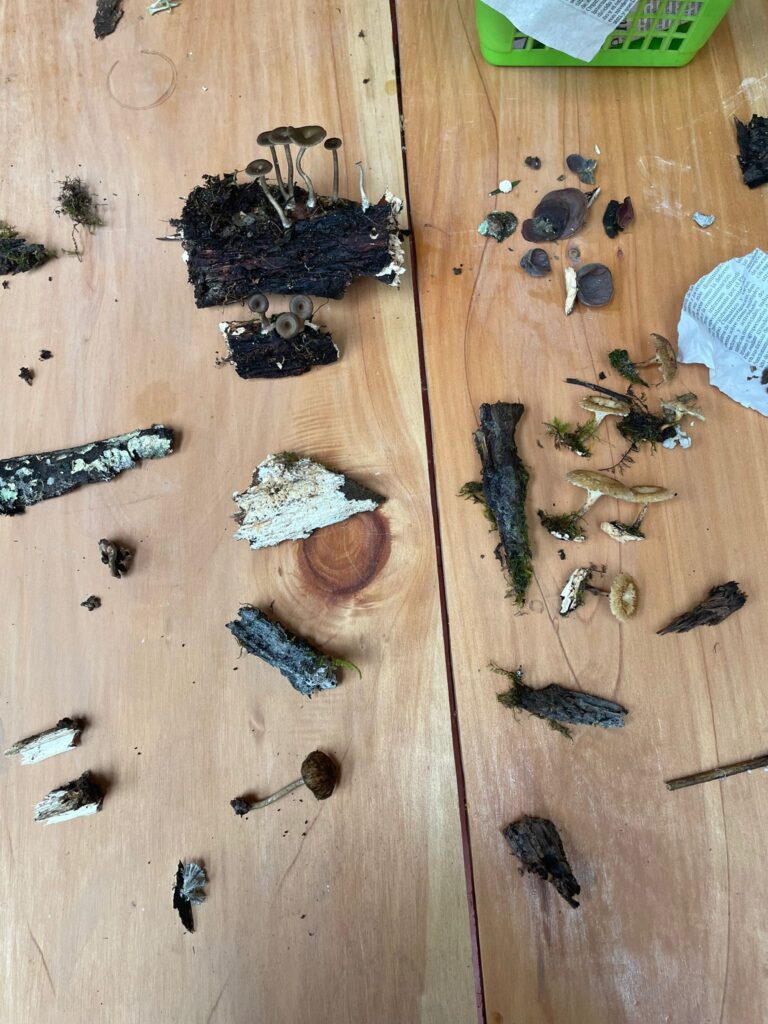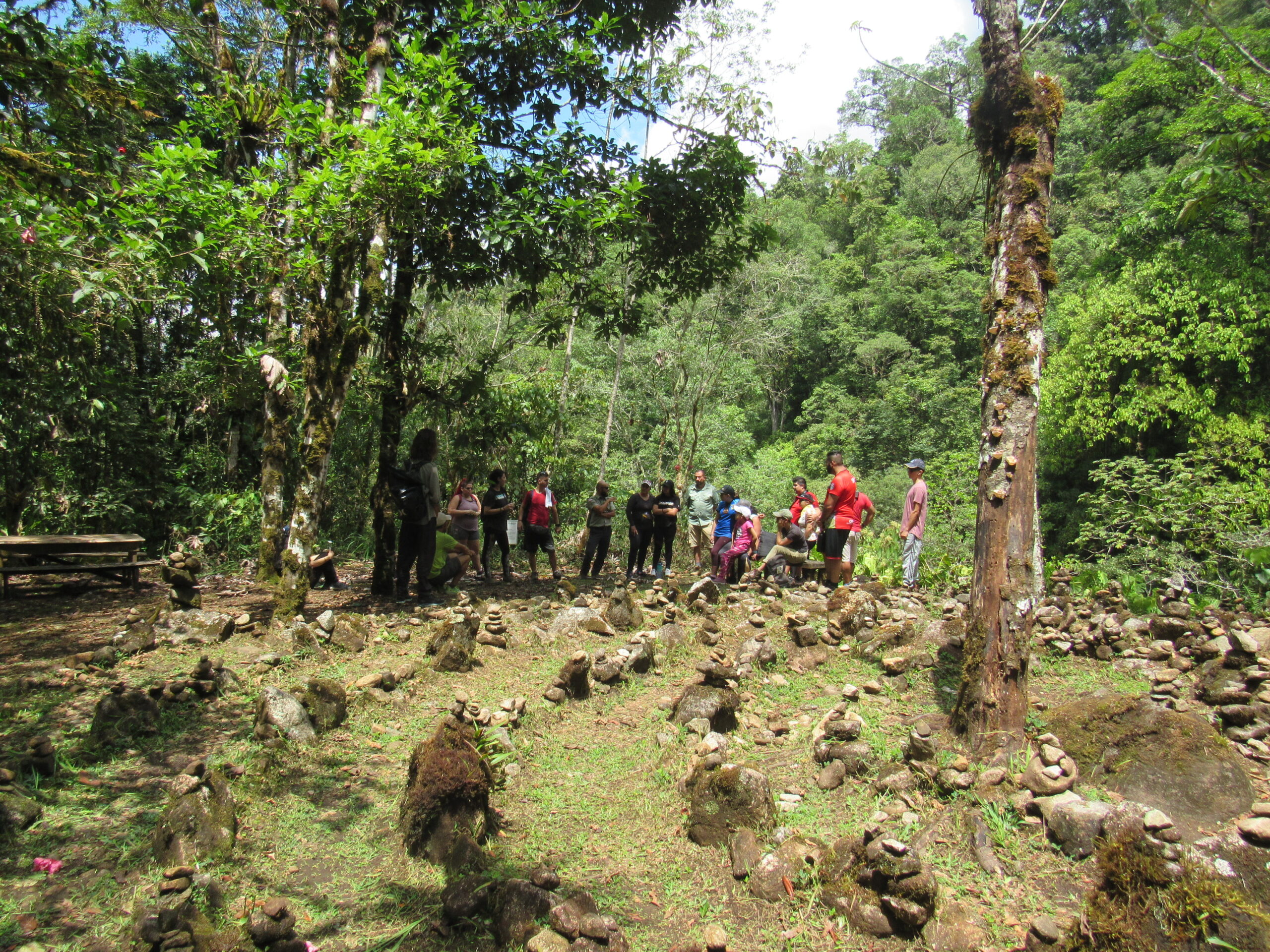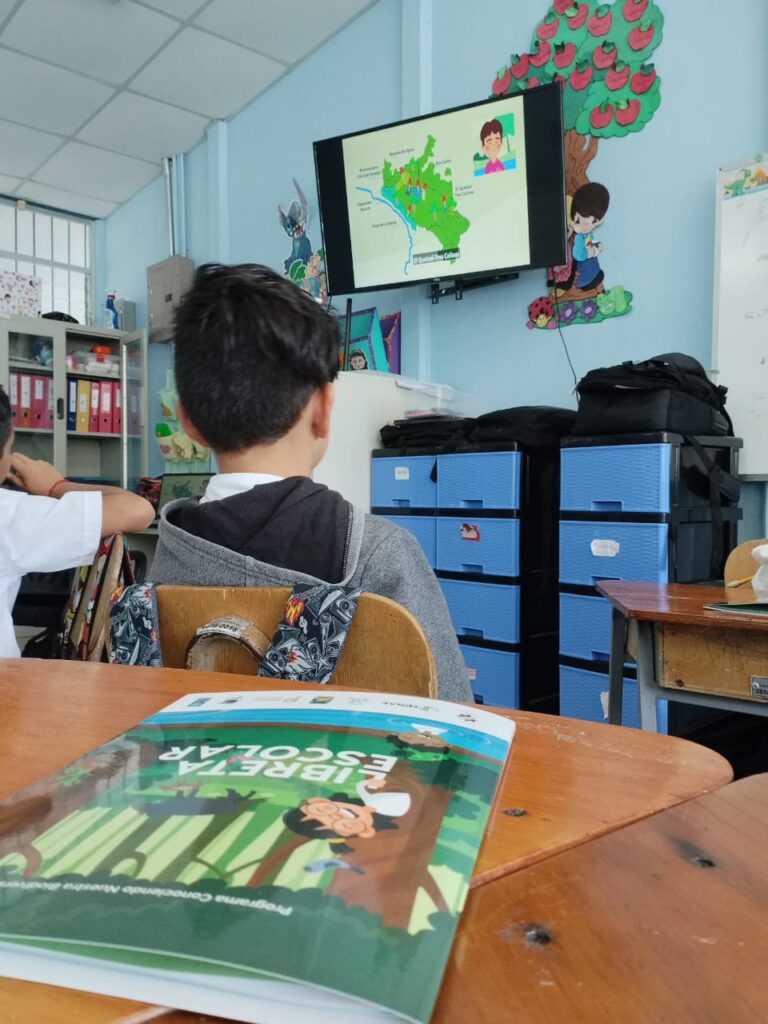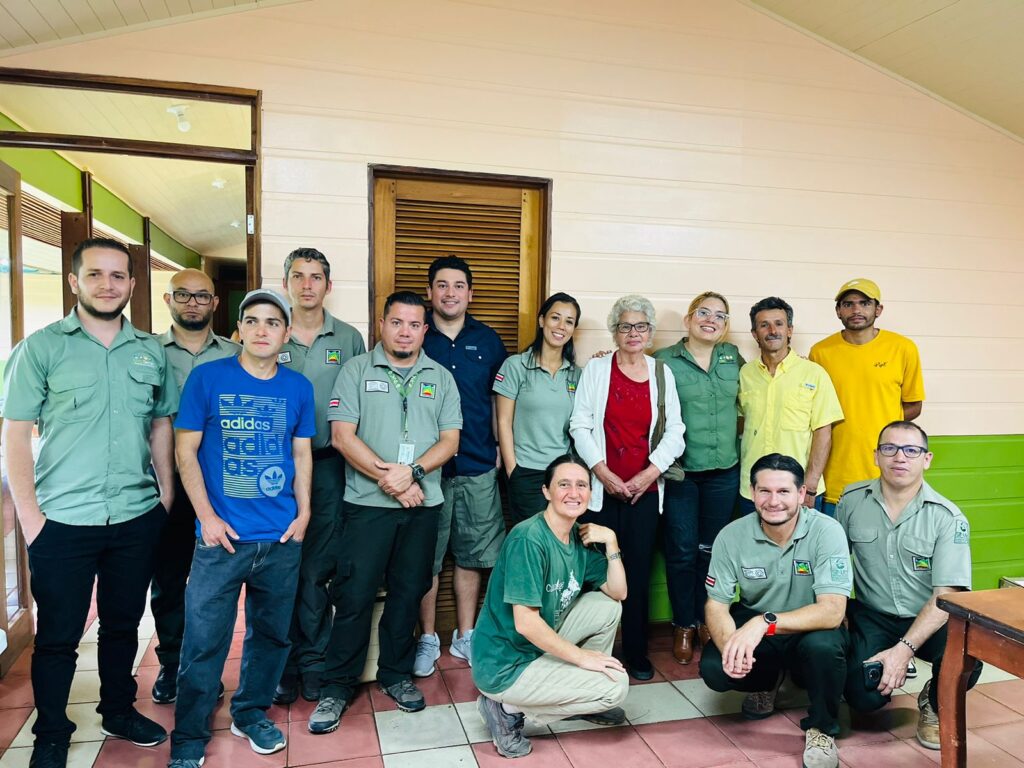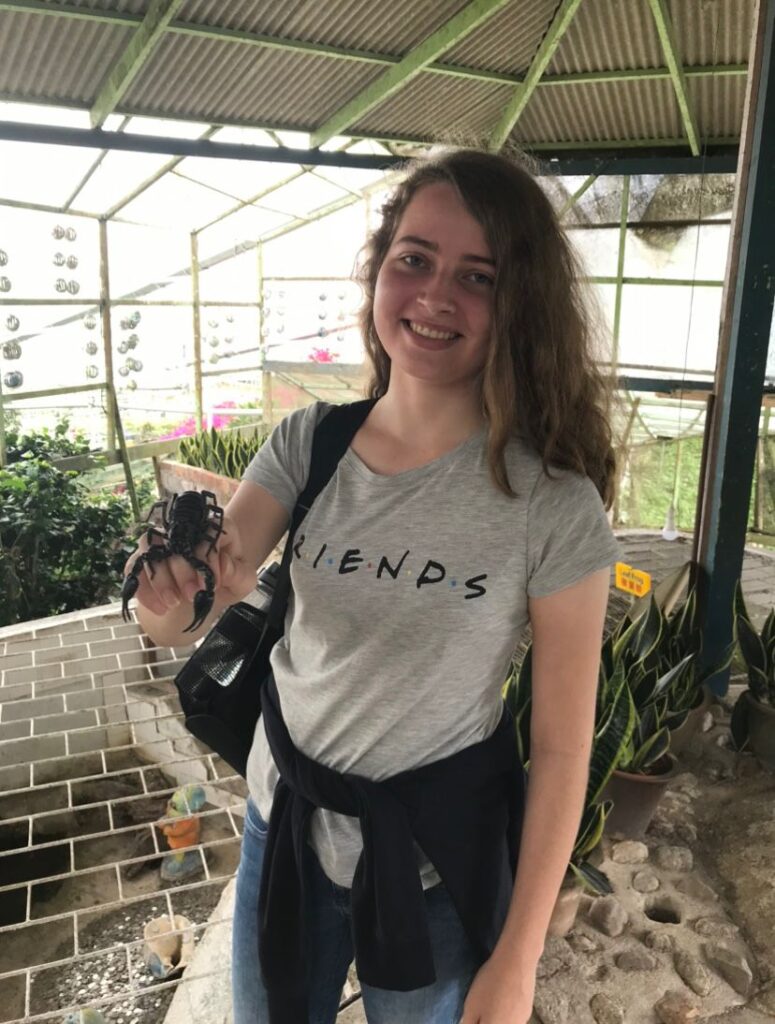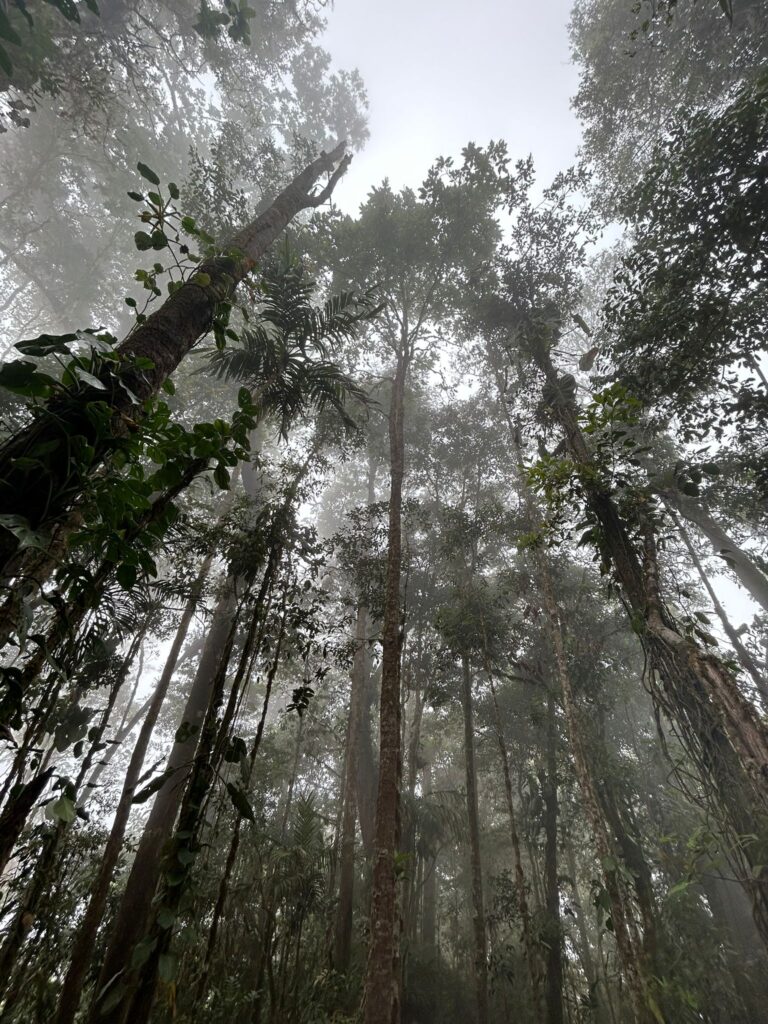
March has been a great month for us here at Cloudbridge, with many activities, including an enriching workshop with Fungi expert Nelson Chavez, a visit from Cloudbridge founder Jenny Giddy, a community water walk for World Water Day, environmental education in local schools and more!
Fungi Workshop
This month we received mushroom expert Nelson Chavez at Cloudbridge for the second time. After an introductory presentation, we collected mushrooms and studied them in the research lab. In addition to using magnifying glasses to observe the fungi, we learned how to prepare slides and observe them under the microscope!
It didn´t take long to collect a wide diversity of fungi and lichen in the field, what interesting life forms they are! We are so thankful to these beings who perform important services in the forest.
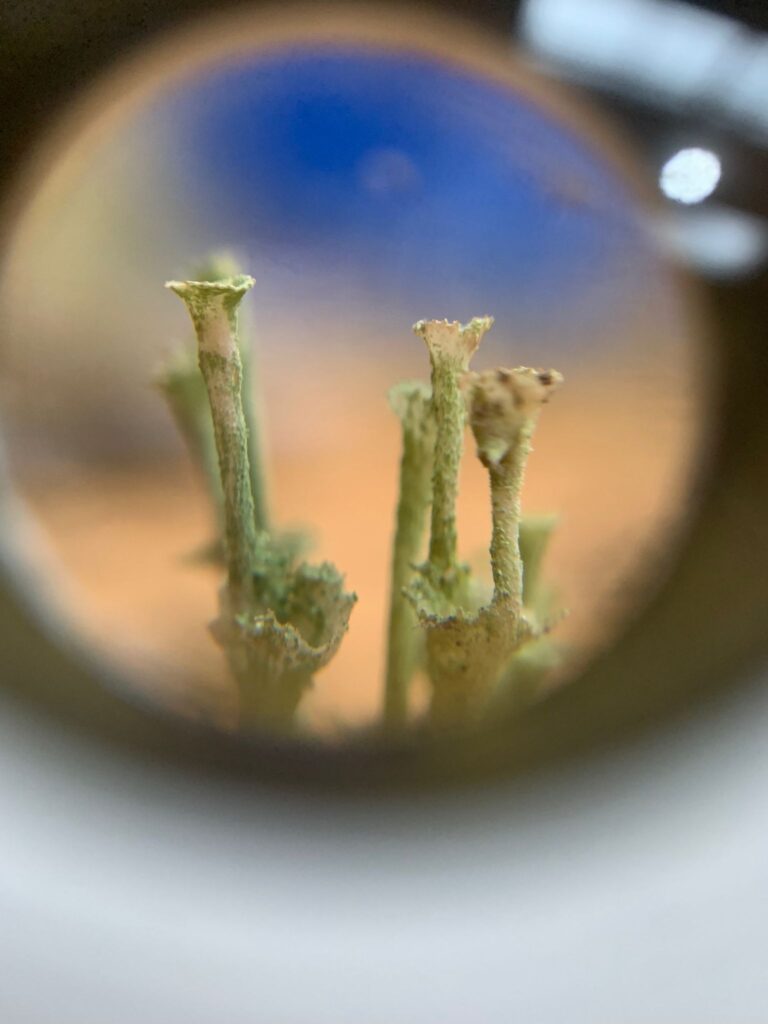
World Water Day
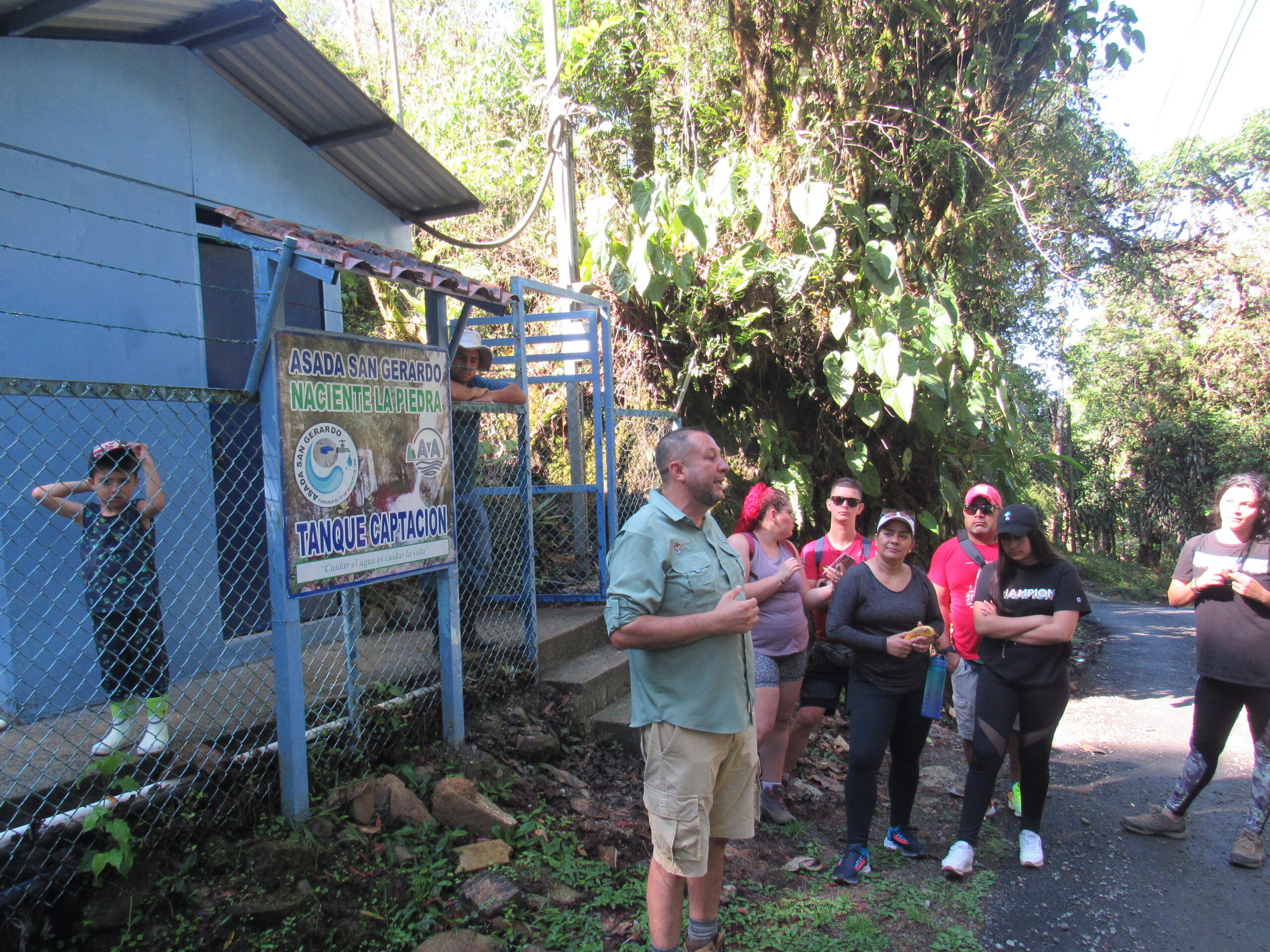
On March 18th, we celebrated World Water Day a couple of days early, with a Community Water Walk organized by UCR anthropology student Sofía Román, who has been studying the relationship that community members of San Gerardo have with their River and this important natural resource. In this rewarding activity, participants walked from San Gerardo to Cloudbridge, with discussions along the way, for example at the water tanks of the community-managed aqueduct. The activity ended with a visit to Catarata Pacífica and a very good discussion about the importance of healthy ecosystems to help protect this precious and vital resource.
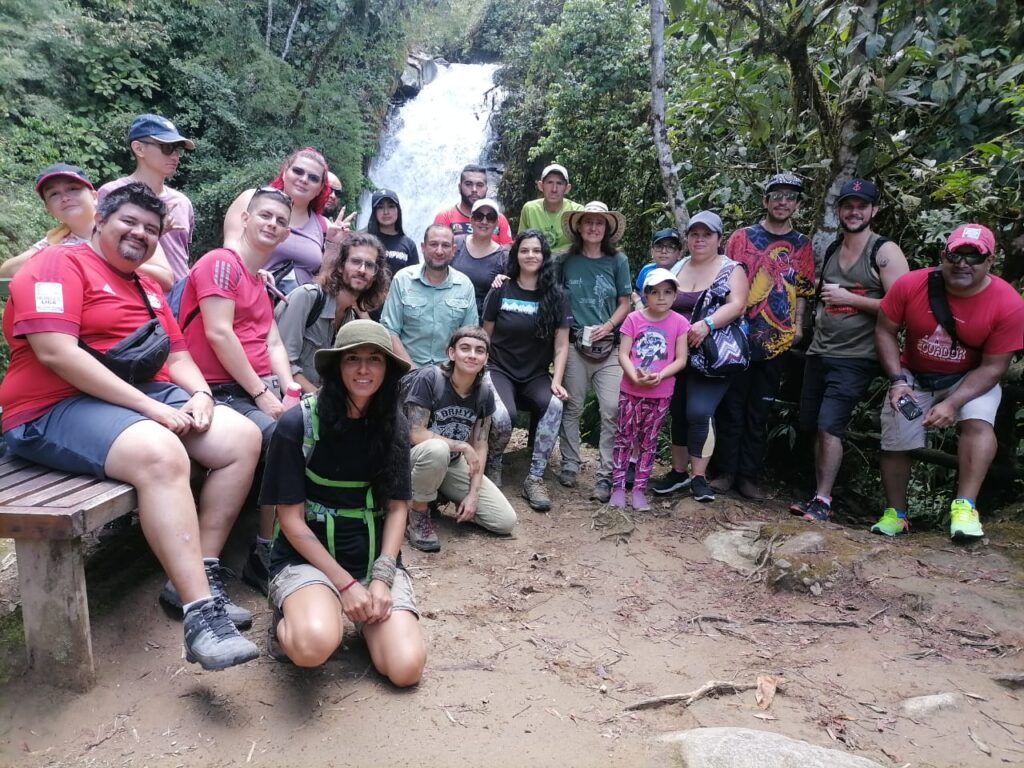
Environmental education
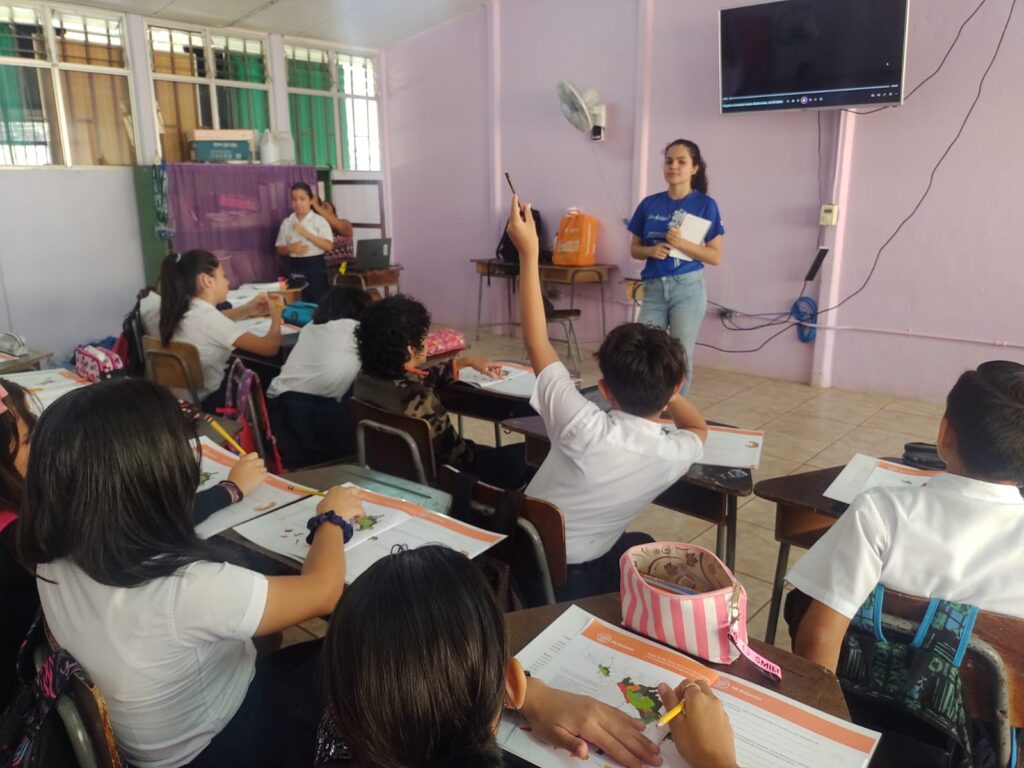
Evaluation of Chirripo National Park management
Cloudbridge maintains an excellent working relationship with the administrators of our largest neighbor, Chirripo National Park. In addition to the ongoing collaboration with camera trap research in the park, Cloudbridge was represented in a recent community-based evaluation of the management of the protected area.
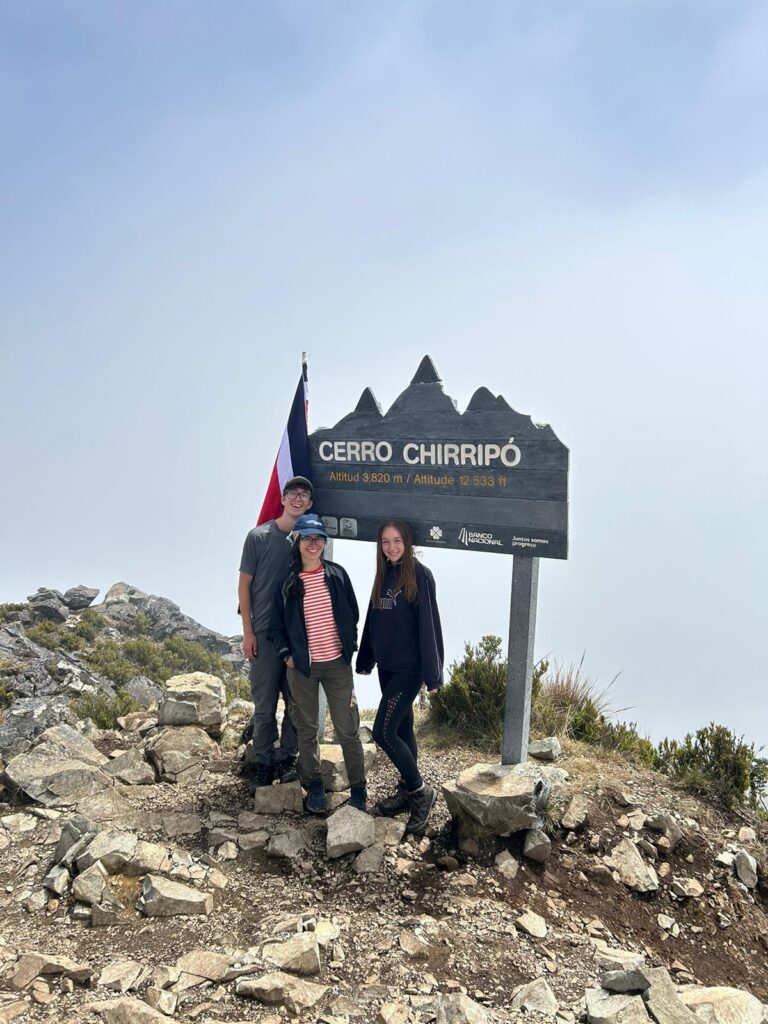
Research and Volunteer Program
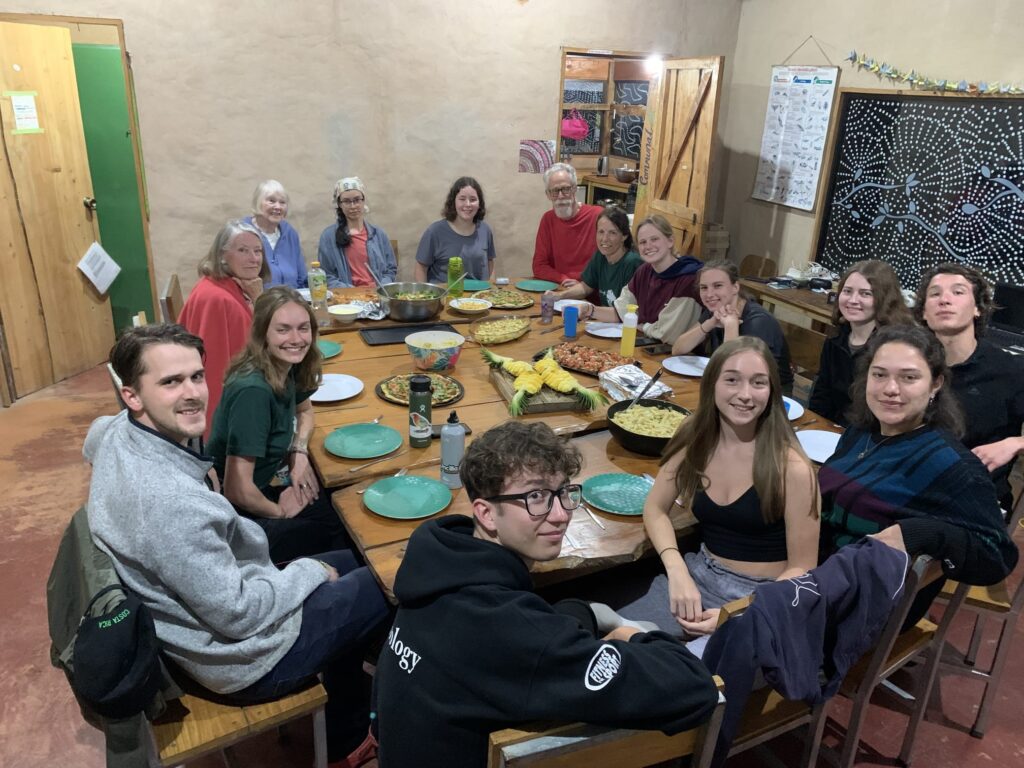
My name is Tess and I’m a research intern from the Netherlands. I will spend 5 months in Cloudbridge conducting research on butterflies. My main goal here will be to assess the bait preference of butterflies as well as maintaining a butterfly species list. Costa Rica has been a place I wanted to visit for quite a while and is the perfect place to conduct research on such topics considering the rich biodiversity of the country. Cloudbridge not only gives me the opportunity to gain experience working in this field but also teaches me a lot about conservation and reforestation. I’ve already had the chance to see some beautiful animals around the reserve and can’t wait to see more!

Wildlife at Cloudbridge
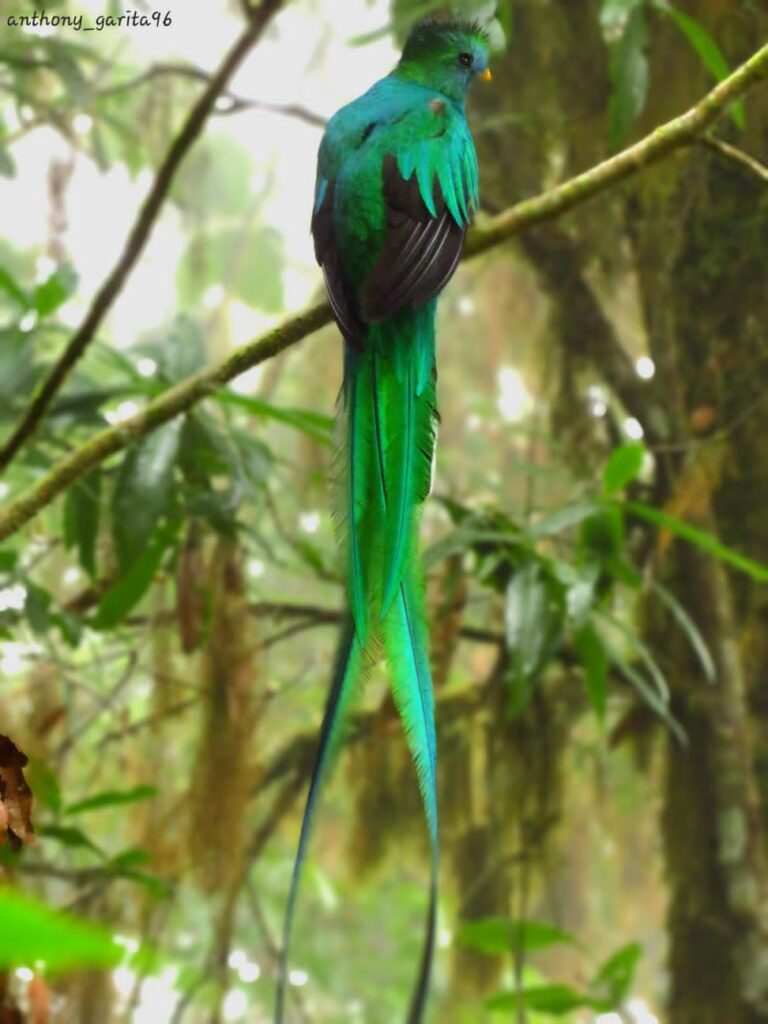


Suggested Reading
- Among the many ways in which humans have impacted the natural systems which support life on Earth, the mining and use of phosphorous is brilliantly outlined in this interesting article by Elizabeth Kolbert.
- Houston, Texas, is a place that has been shaped by oil extraction. In this essay, Lacy Johnson visits a wetland nature center that has reclaimed the land where a sunken neighborhood, subsumed by floodwater, once stood. Across the bay, smoke rises from the chimney of an Exxon oil refinery, signaling the persistence of an industry that just keeps pumping in spite of its world-altering wake.
- Costa Rica has been a leader in formulating programs of Payments for Environmental Services, with a National Fund for Forestry Financing (FONAFIFO). This article speaks of how to sustain the success of this program. Though Ecotourism is of course an important option that Costa Rica has pursued with great success, it is important to remember that it is most definitely possible to have too much of a good thing. This article explores the impacts of ecotourism in Manuel Antonio National Park


